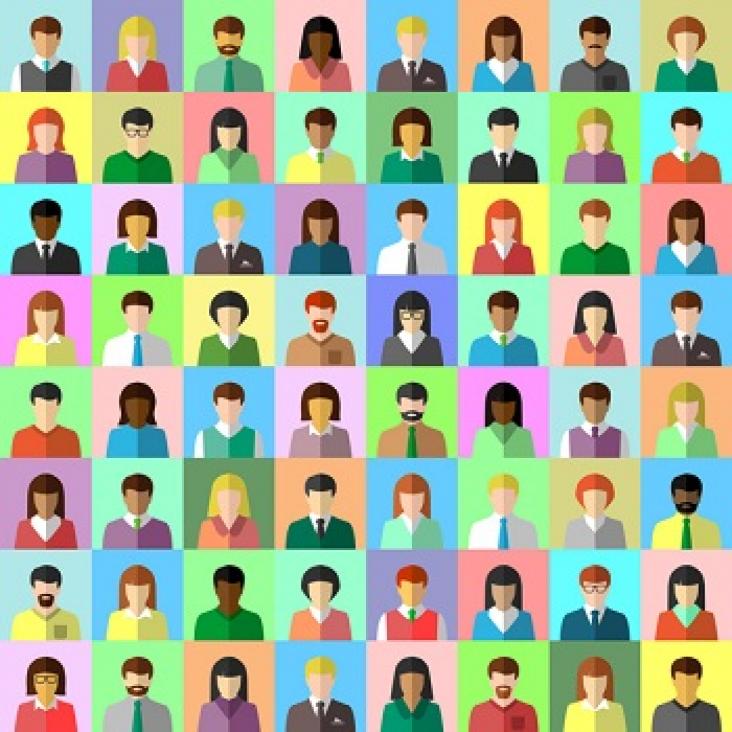The term, sexual health, is frequently used in the applied context of sexual education and health promotion; according to the current working definition from the World Health Organization, sexual health is
…a state of physical, emotional, mental and social well-being in relation sexuality; it is not merely the absence of disease, dysfunction or infirmity. Sexual health requires a positive and respectful approach to sexuality and sexual relationships, as well as the possibility of having pleasurable and safe sexual experiences, free of coercion, discrimination and violence. For sexual health to be attained and maintained, the sexual rights of all persons must be respected, protected and fulfilled.
Teenagers were recruited from five schools in the North East of England; teenagers were approached by their teacher and asked if they would like to take part in the research. Participants were categorized as low SES based on parental educational background and parental income. The goal of SDG Goal 4.6 By 2030, ensure that all youth and a substantial proportion of adults, both men and women, achieve literacy and numeracy
This chapter advances goals 2, 3 and 5 by examining indigenous traditional food-growing techniques and their role in sustainable farming. It advocates for more study and support for these techniques and innovations which are mostly driven by local women.
This chapter advances goals 5 and 11 by examining sustainable traditional ceramic-making techniques used in construction and for other household uses. There is a focus on the importance of women potters' role in the preparation of the naturally-derived materials.

State and local laws are expanding existing discrimination and harassment protections in order to encourage and promote diversity. This article explores some notable new laws based on emerging trends in diversity and inclusion. It supports SDG 5 (Gender Equality) and SDG 8 (Decent Work and Economic Growth).
It is a well-documented phenomenon that a group's gender composition can impact group performance. Understanding why and how this phenomenon happens is a prominent puzzle in the literature.
Many factors have been proposed as potential causes for the underrepresentation of women in leadership positions.
Psychological abuse within intimate relationships is linked to negative health outcomes among women and is frequently identified as more wounding than physical or sexual violence.
This chapter advances SDGs 3, 5 and 16 by offering a call to action to everybody to understand domestic abuse, impacts and factors involved, and psychological needs.
Background: Women across the world are mistreated during childbirth.
